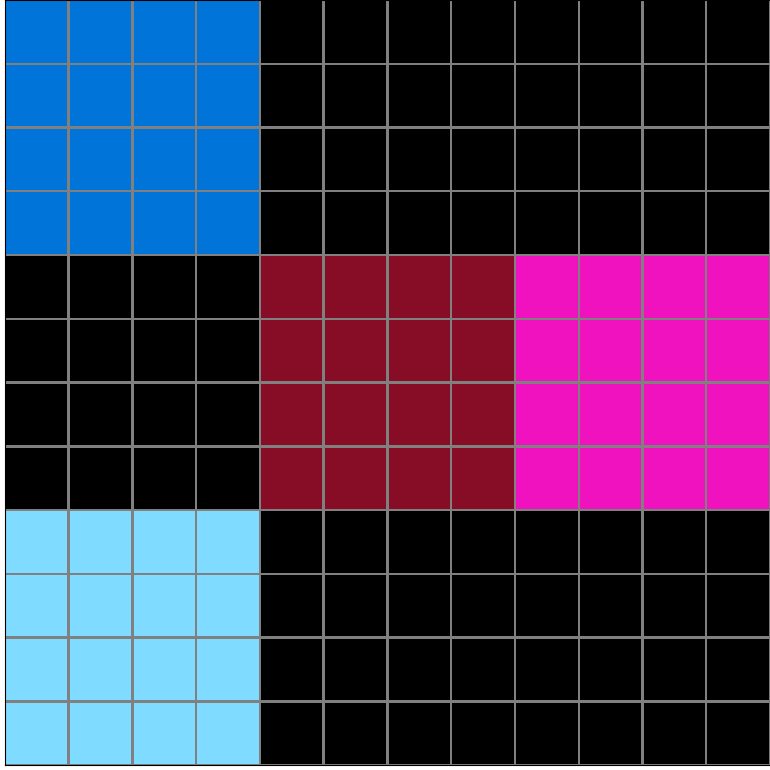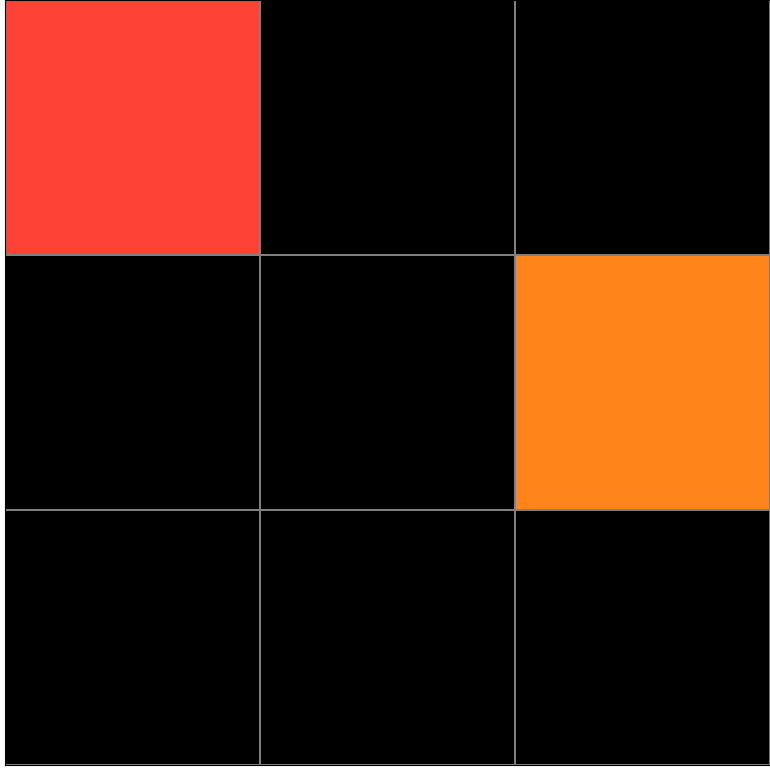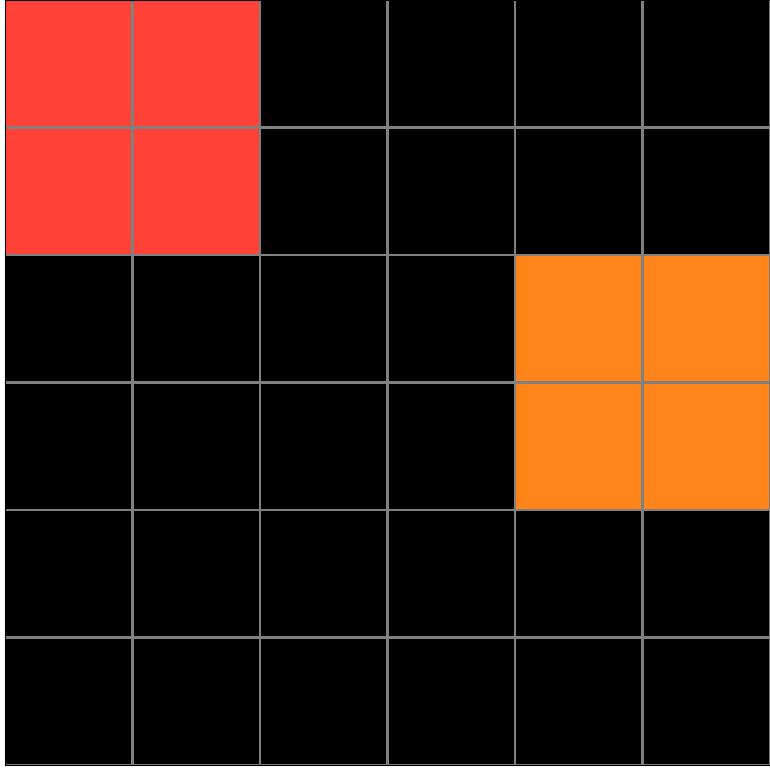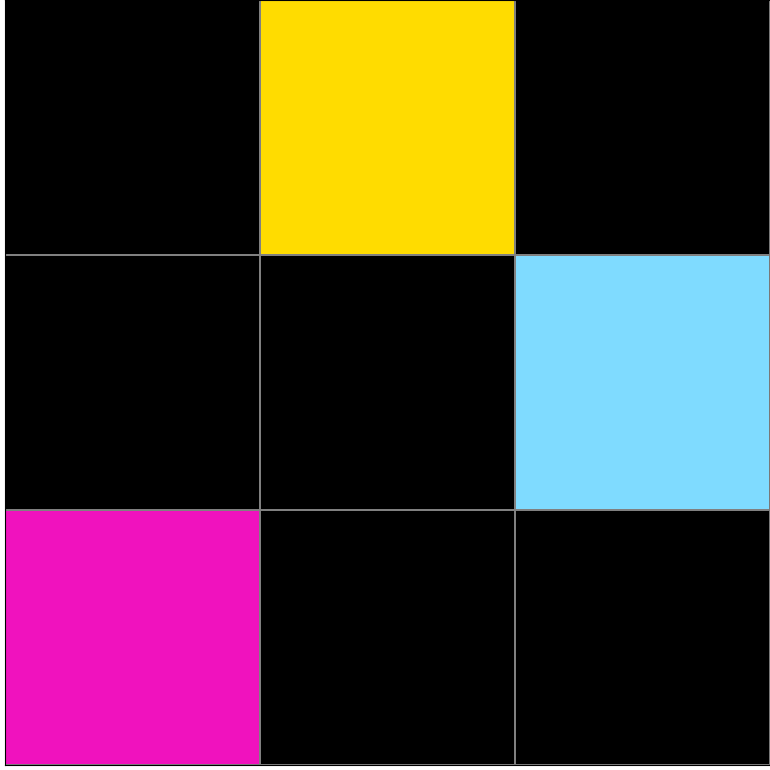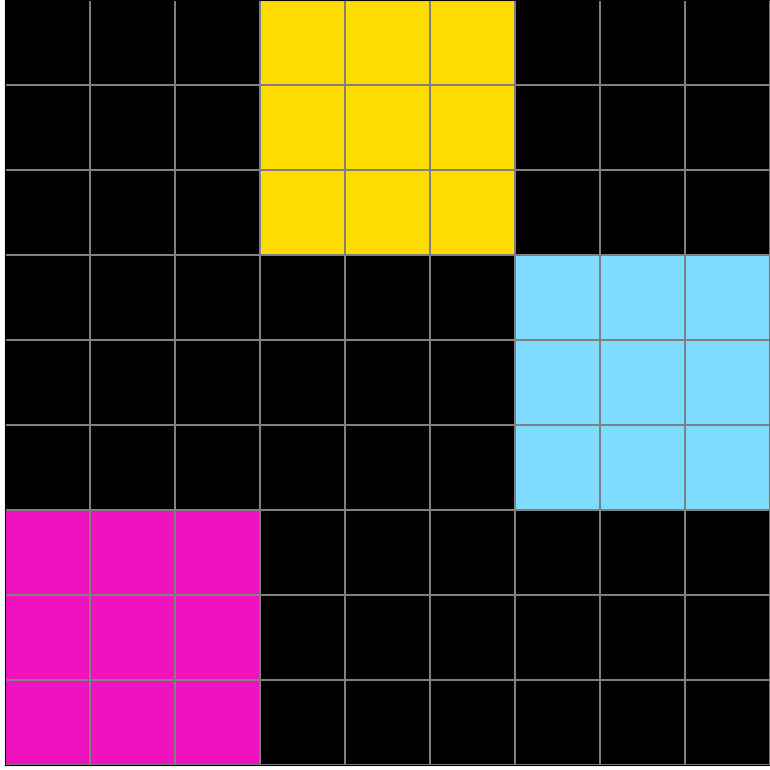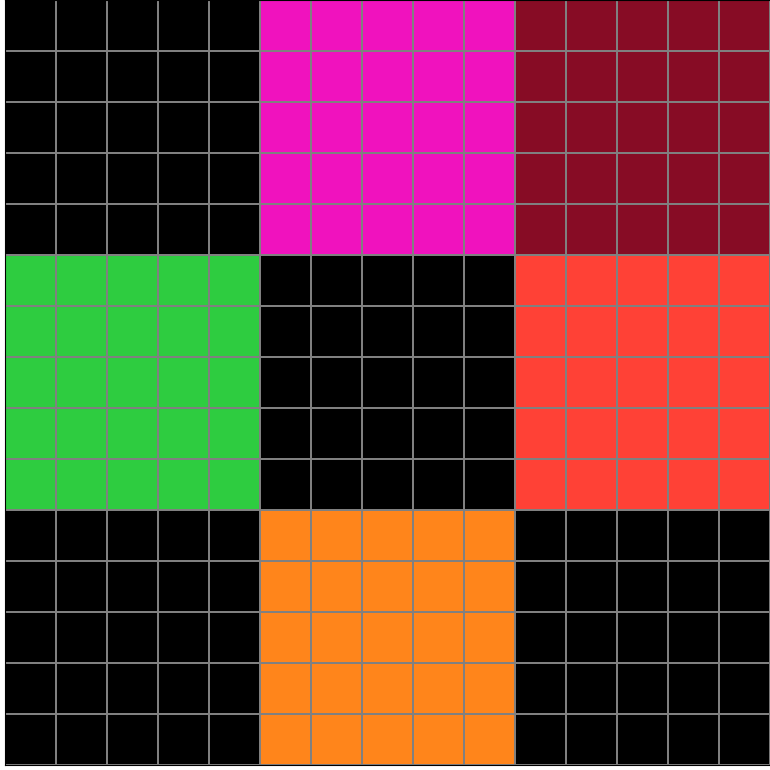Participant 1
Initial description: Number of squares times three and then put the colors in the same location
Final description: Number of squares times three and then put the colors in the same location
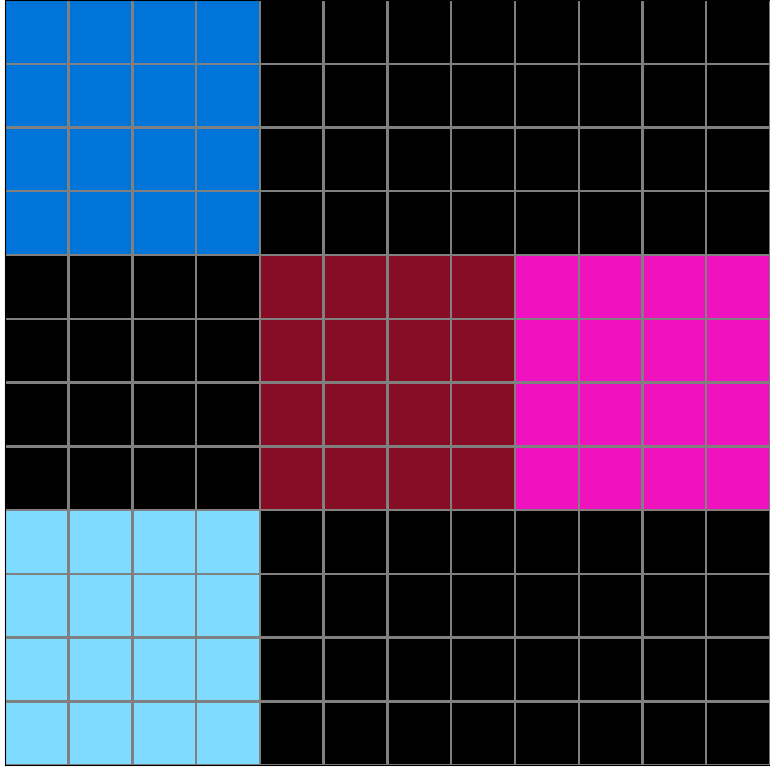
Participant 2
Initial description: recreate same color pattern, but on a grid expanded according to the number of colors on the input, so that each individual reproduced colored square pattern is a grid of 'number of colors' by 'number of colors'
Final description: recreate same color pattern, but on a grid expanded according to the number of colors on the input, so that each individual reproduced colored square pattern is a grid of 'number of colors' by 'number of colors'
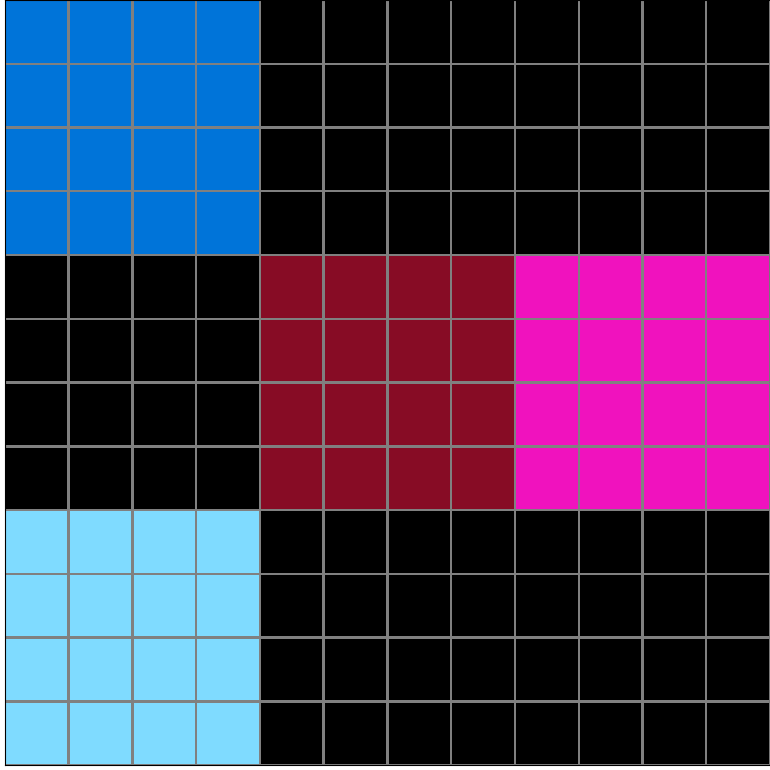
Participant 3
Initial description: The color blocks are increased in grid lines by the number of colored blocks in the total patterned.
Final description: The color blocks are increased in grid lines by the number of colored blocks in the total patterned.
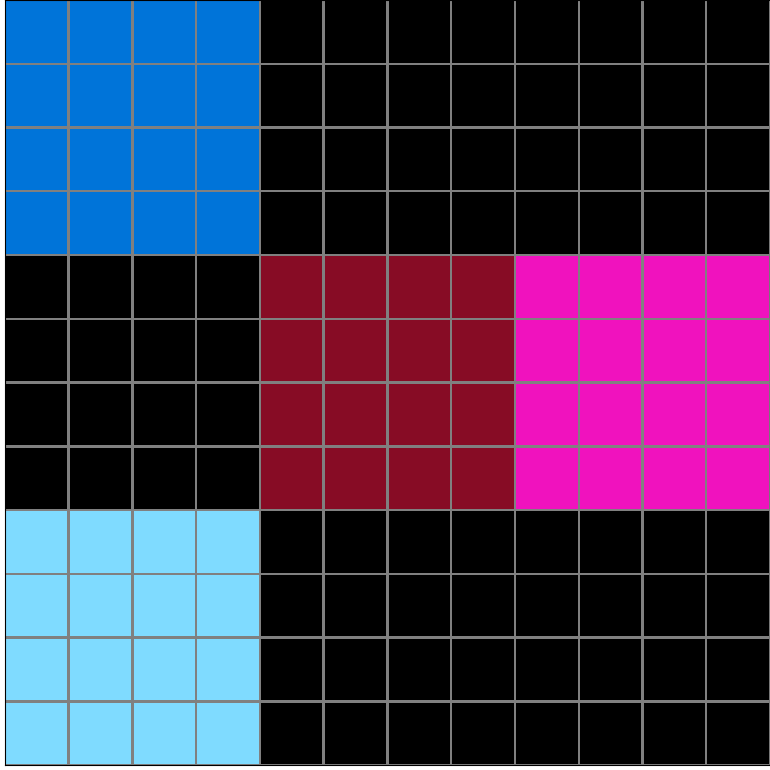
Participant 4
Initial description: Count number of colored blocks. Create a grid size that allows each color to be the number of blocks equal to the number of colored blocks and fill as shown on input.
Final description: Count number of colored blocks. Create a grid size that allows each color to be the number of blocks equal to the number of colored blocks and fill as shown on input.
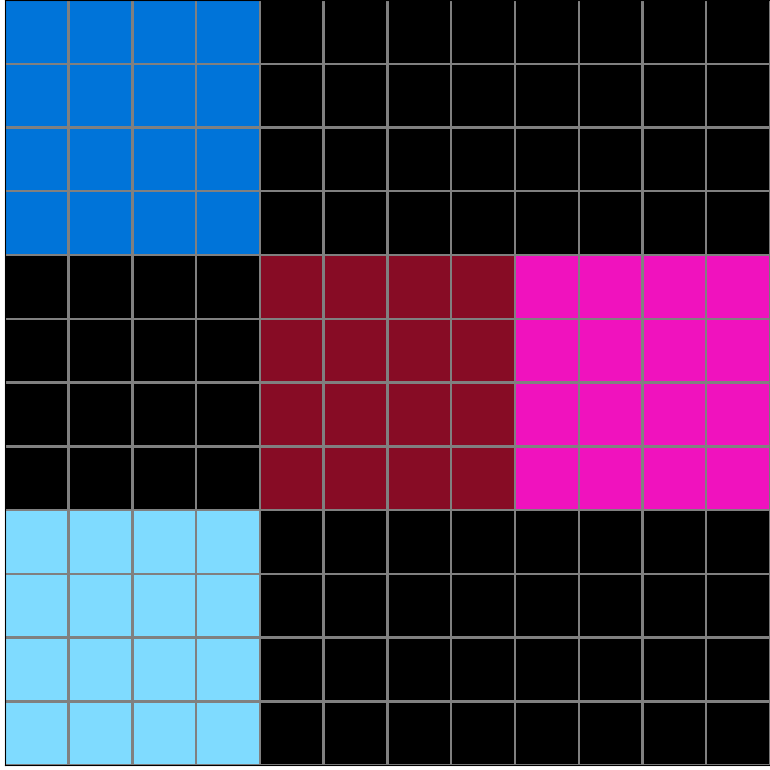
Participant 5
Initial description: From the test input, take note of the number of unique colors that isn't black. Using that number and a color of one of the non-black squares, create a row and column of squares using the number of unique colors to indicate the height and width.
Final description: From the test input, take note of the number of unique colors that isn't black. Using that number and a color of one of the non-black squares, create a row and column of squares using the number of unique colors to indicate the height and width.
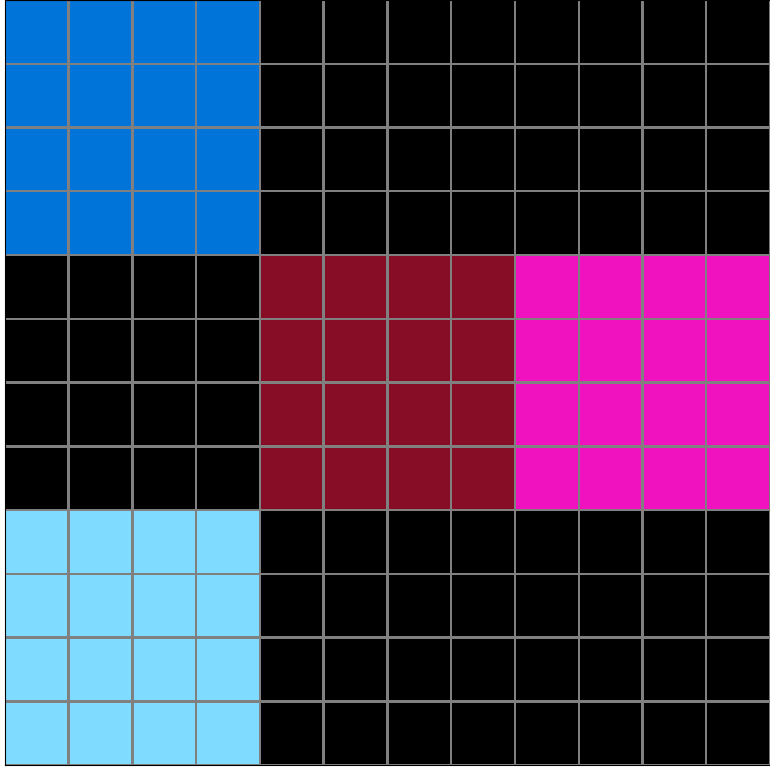
Participant 6
Initial description: grid x number of blocks
Final description: grid x number of blocks
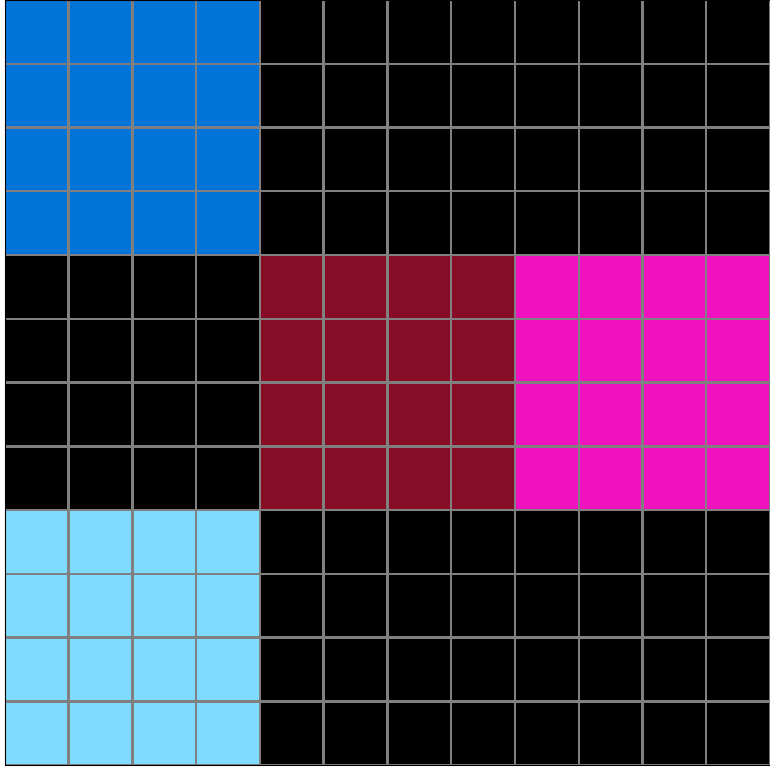
Participant 7
Initial description: The output is gotten by multiplying the size of the grid by the number of colors. The colors then fill in a 4x4 grid.
Final description: The output is gotten by multiplying the size of the grid by the number of colors. The colors then fill in a 4x4 grid.

Participant 8
Initial description: bigger version of the input
Final description: bigger version of the left input


Participant 9
Initial description: number of blocks multiplied by 3 to create the grid size. repeat pattern on a larger scale
Final description: number of blocks multiplied by 3 to create the grid size. repeat pattern on a larger scale
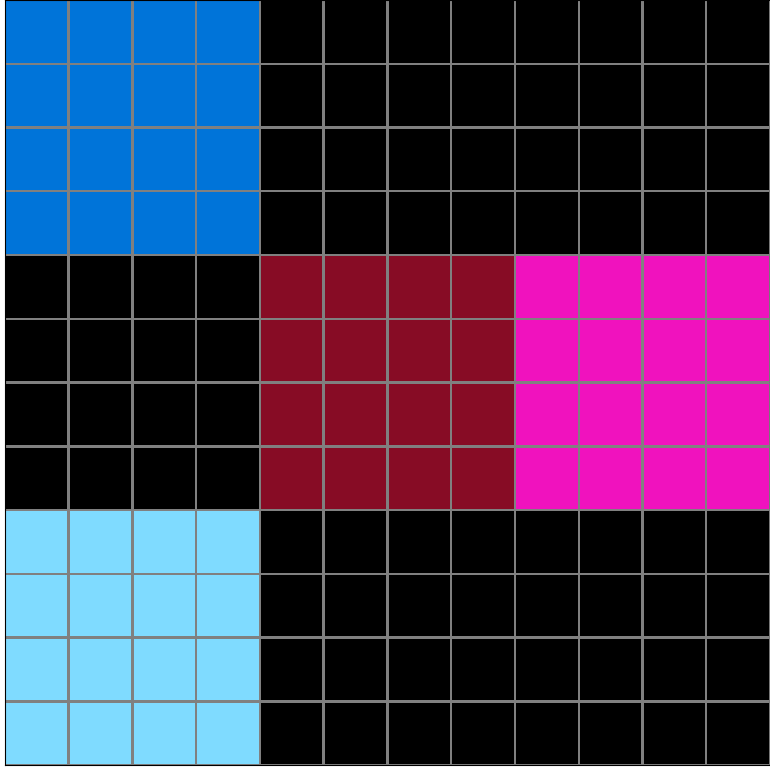
Participant 10
Initial description: The grid was extended so that the colored tiles could be replicated to match the total number of colors. The sides of the colored squares were also extended so that the tiles matched the color number as well.
Final description: The grid was extended so that the colored tiles could be replicated to match the total number of colors. The sides of the colored squares were also extended so that the tiles matched the color number as well.
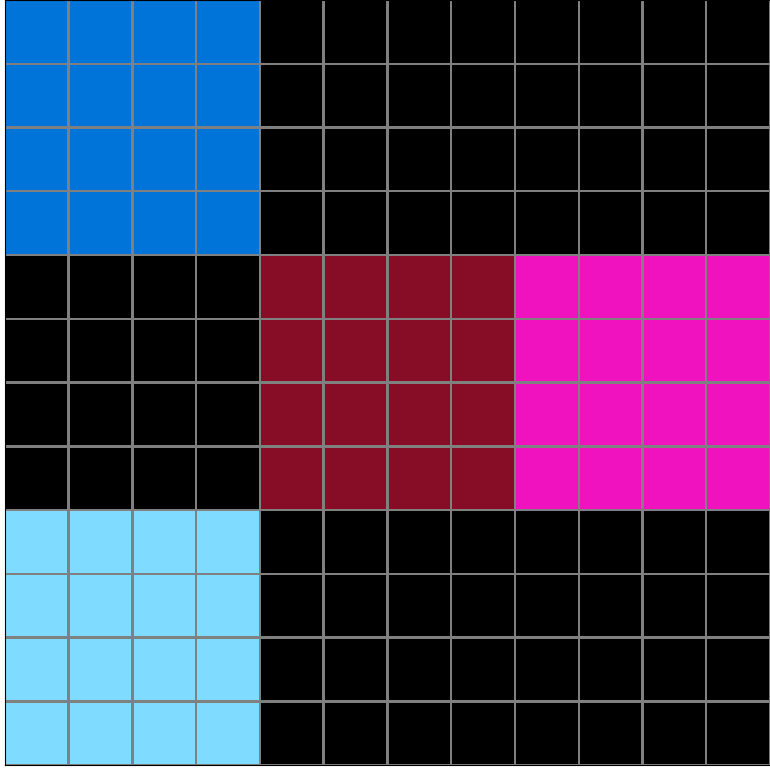
Participant 11
Initial description: I counted the number of colored squares, expanded the grid to accommodate 4X4 boxes and just transferred the colors to the same boxes.
Final description: I counted the number of colored squares, expanded the grid to accommodate 4X4 boxes and just transferred the colors to the same boxes.
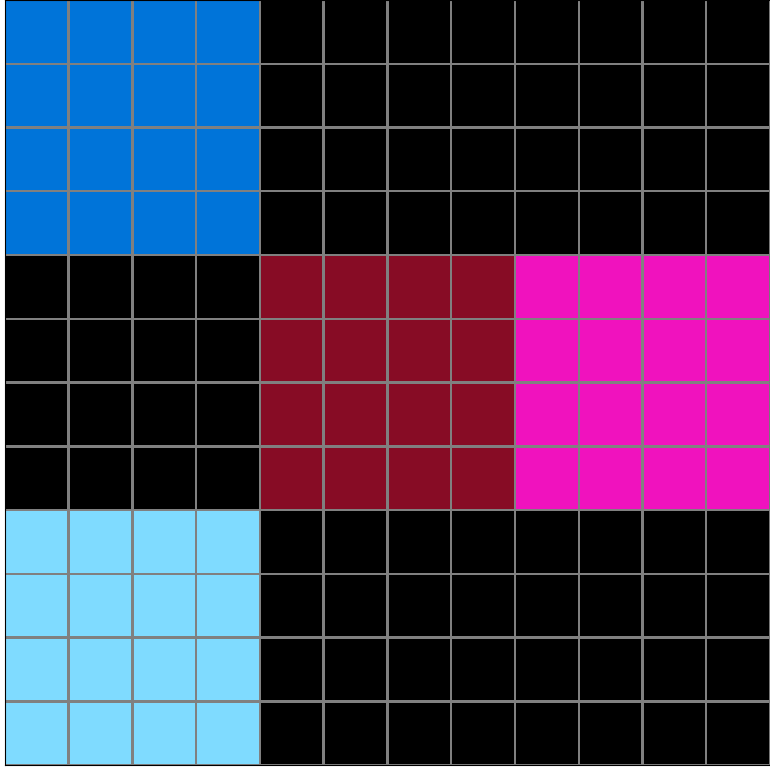
Participant 12
Initial description: Count how many colored tiles there are in the input. Expand each of those colored tiles to a square with sides based on the number of colored tiles in the input.
Final description: Count how many colored tiles there are in the input. Expand each of those colored tiles to a square with sides based on the number of colored tiles in the input.

Participant 13
Initial description: No colors are changed or removed, but the grid is separated into more squares, with overall size of colored area staying the same.
Final description: I tied the number of different colors to the size of the grid. Example 1 had three colors and a 6x6 grid. Example 2 was four colors and 9x9, and example 3 had six colors and a 15x15. The task had five colors, so I used a 12x12 grid to fit proportionally with the examples. The colors stayed the same, but filled more squares in the grid to fit proportionally as well.


Participant 14
Initial description: Take the number of colored squares, multiply by the size of the input grid. In this case, 4 colors x 3. This gives you a 12x12 output grid. Take each color and create its own 4x4 grid inside the bigger output grid. We have four colors, so we create 4 mini grids consisting of those colors.
Final description: Take the number of colored squares, multiply by the size of the input grid. In this case, 4 colors x 3. This gives you a 12x12 output grid. Take each color and create its own 4x4 grid inside the bigger output grid. We have four colors, so we create 4 mini grids consisting of those colors.
